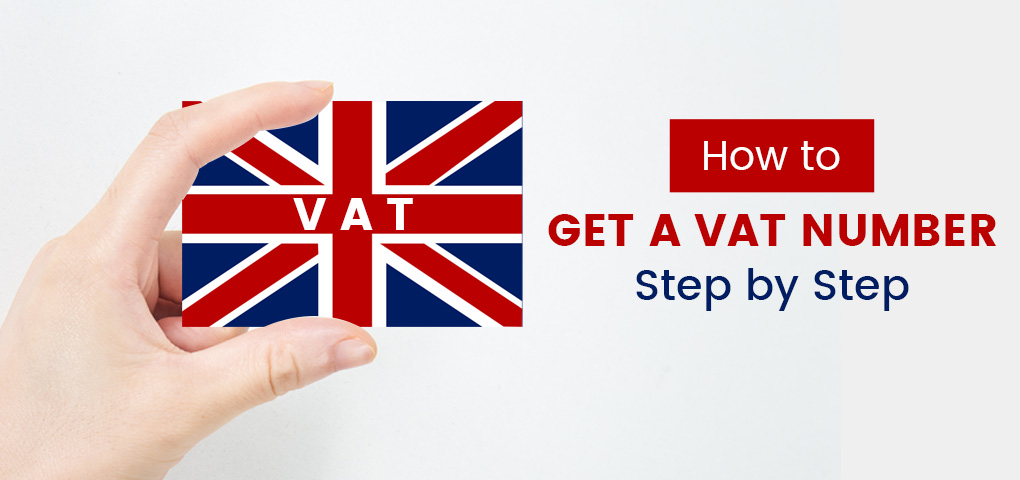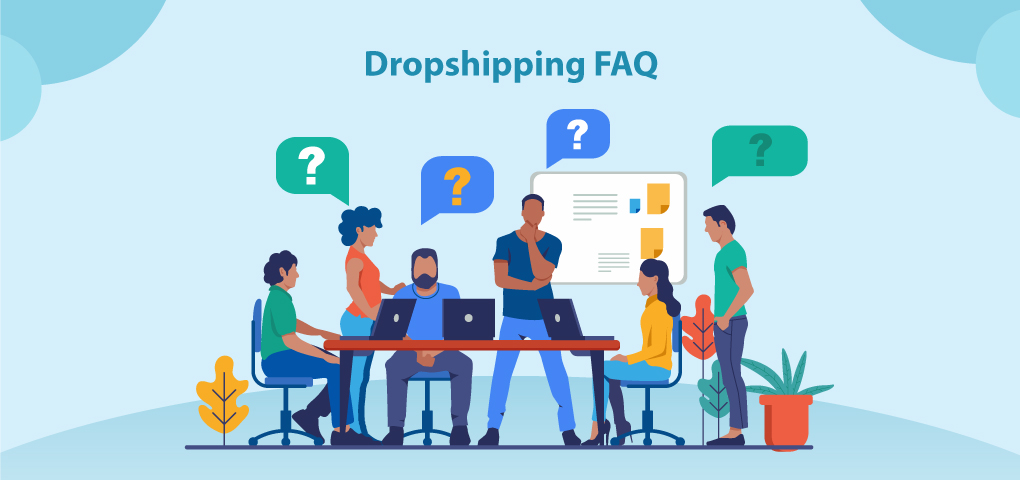VAT is an identification number that will be used in many countries, including the European Union. It stands for value-added tax for tax purposes. When you want to sell any items in the United Kingdom, you need to have a VAT number as an identification number.
There are some changes that you need to know, especially after Brexit. Some domestic VAT rules still remain the same until the end of the transition period. However, some VAT rules that are related to exports and imports from and to the EU will have some changes.
Before Brexit occurs, the UK was included as a part of the EU VAT regime. A UK business didn't need to register for getting the VAT number in every EU country. However, as of 1 January 2021, all UK businesses in EU countries will need be treated similarly as they do to other countries outside the EU. Trading with other EU countries will be referred to as exports and imports. United Kingdom is not included as a part of the EU anymore after Brexit occurs.
3 Key Things to Know About VAT Registration in the UK
VAT will be an intimidating process for people who run their own small businesses, especially if they are struggling with paperwork. However, you should never have to worry about getting any complicated procedures with this VAT registration. In this section, we are going to share some important things about VAT UK that you need to know.
VAT stands for Value Added Tax. It is usually charged on most sales of services and goods in the United Kingdom. If you are not registered with HMRC, you are not required to charge VAT to your customers. What is a VAT number? A VAT-registered business has a VAT number. Any sales on which VAT number will be charged are considered as VATable sales or taxable sales.
1. Minimum annual sales requirement for any businesses that need VAT number
If your annual sales are more than $85,000 per year, you must register for the VAT number. It is known as compulsory registration. However, you may also want to register before your sales can reach this threshold. It is usually known as voluntary registration. Being registered for VAT number UK can allow your business to claim back the VAT.
After your business is registered for the VAT, you have to charge VAT on any taxable sales to your customers. The VAT you will charge to your customers can be called "output VAT". You can use a VAT calculator for calculating how much you will charge to your customers. Your VAT-registered businesses are required to file a regular report called a VAT return. This report can be submitted to the HMRC.
2. How do you charge VAT during the interim period?
Once your business is registered for VAT from a certain date, you will have an interim period between your registration date and also the arrival date of your certificate, and also the VAT registration number. During this period, you still need to charge output VAT on any of your sales after your registration date although you cannot issue the official VAT invoices. You can add the relevant rate of the VAT which is around 20%.
After your VAT registration number comes through, you can re-issue any invoices that you made during the interim period. It will give your customers the official VAT invoices. They will be able to reclaim input VA on any products or services they purchase from you.
3. How can you change your VAT registration?
It is also possible for you to cancel, change, or transfer the VAT registration. You can visit the official website at the gov.uk as a starting point for managing all changes to the VAT registration. All of your details will be available on this website, so you can use it for editing your profile, accountant information, bank details, etc.
How to Get a VAT Number for Businesses Step by Step
1. First, you are going to open the official website from the UK government. This website is available at https://www.gov.uk. You can click on "Money and Tax." Then, you can click "VAT" on the next page. On this page, you will be able to learn anything about VAT registration.
2. Click on the "VAT Registration" that is available on the right. You can use the online registration process for getting started with the registration procedure. You need to fill in your email address on the available form. It is recommended for you to use either Google or Outlook email.
Then, you will receive a verification code that needs to be resubmitted to the form. You will need to input your name, password, recovery password, and also recovery word. At the end of the registration process, you will get a user ID. You also need to choose the account type based on your needs (as individual, organization, and agent).
3. You can fill out all necessary forms that are available on the website. Include all of your business details, such as your business name, address, telephone number, corporate registration, etc. The UK government also requires you to fill out your business activity.
In this registration process, you need to determine the installment frequency for your business and also the payment method for paying the tax. There is a summary page at the end of the process. This summary page will have all information that you put into the system. You can check everything before you can submit these details by clicking "Next."
4. Upload your ID card, driver's license, or passport as the first photographic ID evidence. Then, you can put the rental contract, birth certificate, or mortgage certificate as the secondary and third ID evidence. You have to upload all of these details within 28 days. If you pass this 28 days period, you are required to reapply this company VAT number.
In a few days, you will get an email that will confirm your application. You will get this email reply in less than 30 days. The registration process doesn't have to be a difficult thing to do. You can always follow all of those steps above on how to get a VAT number, so you can complete the VAT registration process easily.
Here's a video tutorial for more details about these steps.
Pro Tip: Dropshipping in the UK with SaleYee.com
UK VAT makes the profit margin slimmer. If you decide to start selling products in the UK, under the circumstances, the safest way is to sell without inventory. In other words, you'd better dropship products by cooperating with the best UK dropshipping suppliers like SaleYee, which provides fast and free delivery of dropshipping products from its local UK warehouse to the doorsteps of your customers.
Moreover, SaleYee Dropshipping Platform provides free sign-up, free membership, free product recommendations, and big discounts for everyone to set up and grow their online business easily in the UK.




